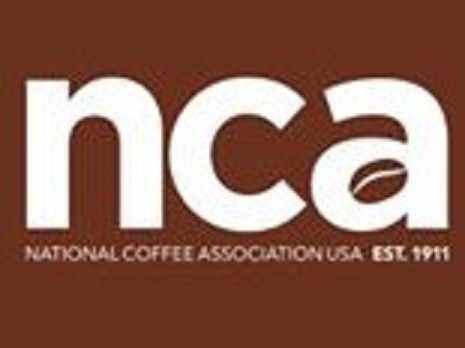The following NCA Statement on diacetyl was released on May 5. Diacetyl is a compound created spontaneously in many foods when they are browned in the natural course of cooking, imparting a natural, buttery flavor to the cooked food.
The compound is also produced synthetically for use as a liquid flavoring applied to processed foods, most notably butter-flavored popcorn.
The compound is highly volatile, contributing to its rapid dispersion and elimination under proper conditions. Under the General Duty Clause, issued by the U.S. Occupational Safety & Health Administration (OSHA), food manufacturing plants are expected to comply with good industrial hygiene practices, which include adequate ventilation and environmental controls.
The U.S. Food & Drug Administration (FDA) classifies diacetyl as Generally Recognized as Safe (GRAS), with no concerns for consumption. Exposure to volatile diacetyl from either natural aroma or the addition of flavoring in manufacturing plants is also safe when proper industrial hygiene procedures are followed. Naturally occurring diacetyl is also created in the processing of butter, cheese, milk, yogurt, tomatoes, citrus fruits, juices, vinegar, whiskey, cognac, wine and beer.
The National Coffee Association (NCA) is aware of isolated instances where environmental exposure to large quantities of synthetic diacetyl in flavorings has been cited as causing a very rare health condition called Bronchiolitis Obliterans (BO). These instances had the commonality of exceedingly high exposure to synthetic diacetyl in flavorings under poor plant hygiene conditions, which included improper ventilation and absence of personal protective equipment.
For naturally occurring diacetyl as a byproduct of roasting coffee, there are well-established safety protocols and procedures designed and deployed to eliminate worker exposure.
Commercial coffee roasting ovens are generally “closed systems” that are built to channel smoke, chaff, volatiles like diacetyl, and other natural byproducts of roasting through closed pipes to exhaust stacks.
After roasting, coffee is released onto “cooling carts” (basically large circular trays), since the beans must be immediately cooled to arrest further roasting that would impact flavor profiles.
While some systems have closed cooling carts, standard practice for open cooling carts involves air and volatiles being sucked down through holes in the bottom of the cooling tray as ambient air necessary for cooling is drawn down by fans through the beans and out below through the holes.
The air and volatiles drawn down in the cooling carts is then channeled by pipe into exhaust stacks that vent the air externally.
Stemming from these protocols and procedures, there has been no proven connection between the natural roasting byproduct diacetyl and obstructive lung disease.















